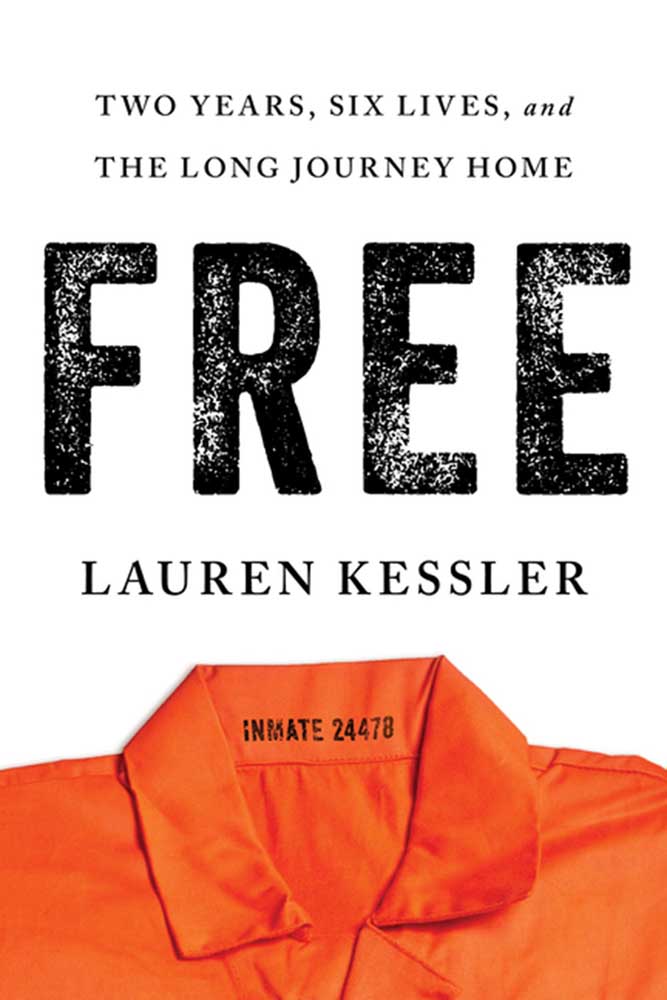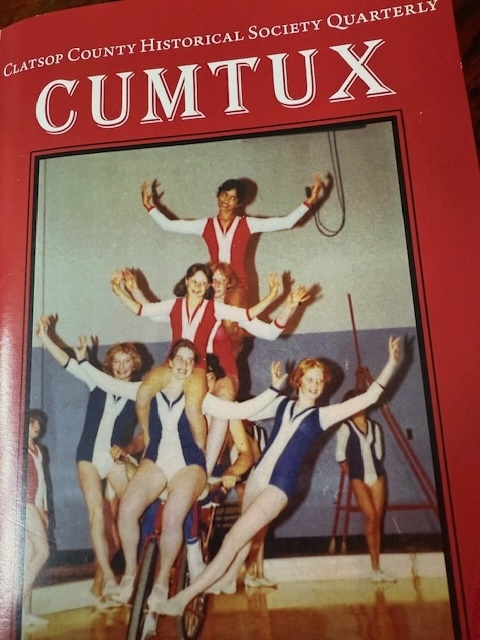Bookmonger: The troubled road between incarceration and freedom
Published 9:00 am Wednesday, May 25, 2022

- ‘Free’ is by Lauren Kessler.
‘Free’ by Lauren Kessler
Sourcebooks – 320 pp – $26.99
Trending
“Free” is the title of Lauren Kessler’s latest book, but the subtitle sheds a little more light. “Two Years, Six Lives and the Long Journey Home,” it reads. This is a work of nonfiction, telling the true stories of six individuals released from prison after many years of incarceration.
Kessler became familiar with the deep impact that prison has on the lives of the incarcerated after founding a writers’ group for inmates. Members of the group were serving life sentences at one of Oregon’s maximum security prisons.
Behind bars, impassivity, toughness and anger are prevailing emotional stances. According to Kessler, these tactics become deeply ingrained attitudes, then behaviors, and finally personality traits.
Also, given the highly restrictive schedules imposed by prison life, as well as the punitive measures exacted when those schedules are not adhered to, it should come as no surprise that people who routinely are denied the ability to make decisions typically lose the ability to make decisions over time.
But why should the public even care about folks who have been taken out of society and locked up after they were convicted of doing something harmful? “We want those who have done harm to us to suffer, to pay for what they did,” Kessler writes. “But in making them suffer, we create the kind of human beings we do not want back in our communities.”
And yet, she notes, 95% of the people who are put behind bars in this country are eventually released.
Kessler follows the stories of six of them in “Free.” Trevor, Catherine, Sterling and Dave had served long sentences for murder. Arnoldo had been convicted of gang activity, including assaults and shootings. And Vicki was an addict who regularly cycled in and out of prison for committing crimes that supported her drug habit.
Now, having served their time, each of them is attempting to reenter society. Kessler points out that each of these folks had varying degrees of access to educational and counseling opportunities while in prison. While assorted support agencies on the outside can help, significant barriers remain. Some of these include a lack of coordination between support agencies, a lack of money, food or housing, limited job opportunities, lack of a driver’s license or transportation and a lack of communication.
Some of these inmates had been behind bars so long they’d never learned how to use a cellphone. Others don’t know how to interpret the cues in common social interactions. Are strangers just being friendly, or do they pose a threat?
Readers will hold their breath as they watch these six individuals take their tentative first steps back into society. When they get rebuffed, they try again. When they face setbacks, they try again.
But how long can they persevere? Recidivism rates in this country are high, although as Kessler points out, there is plenty of nuance in those statistics. “Free” challenges readers to think more deeply about whether the American carceral system is truly effective.









